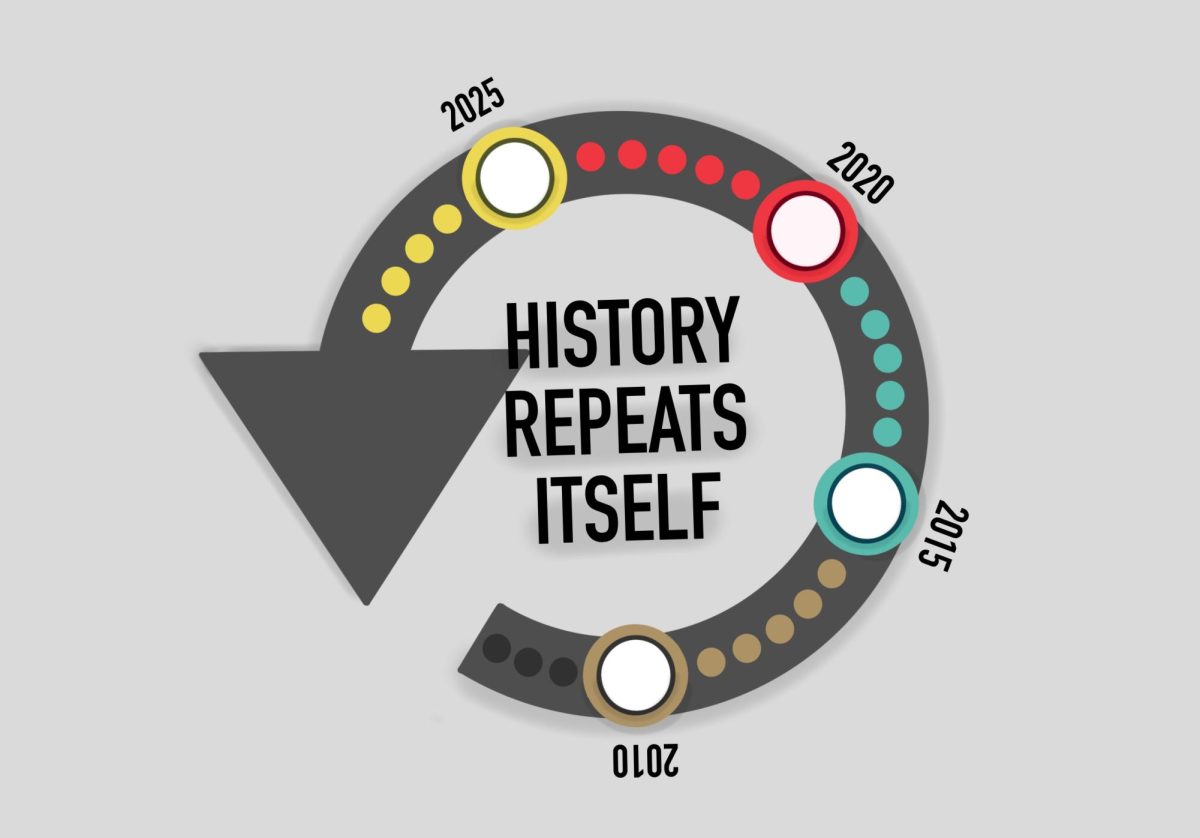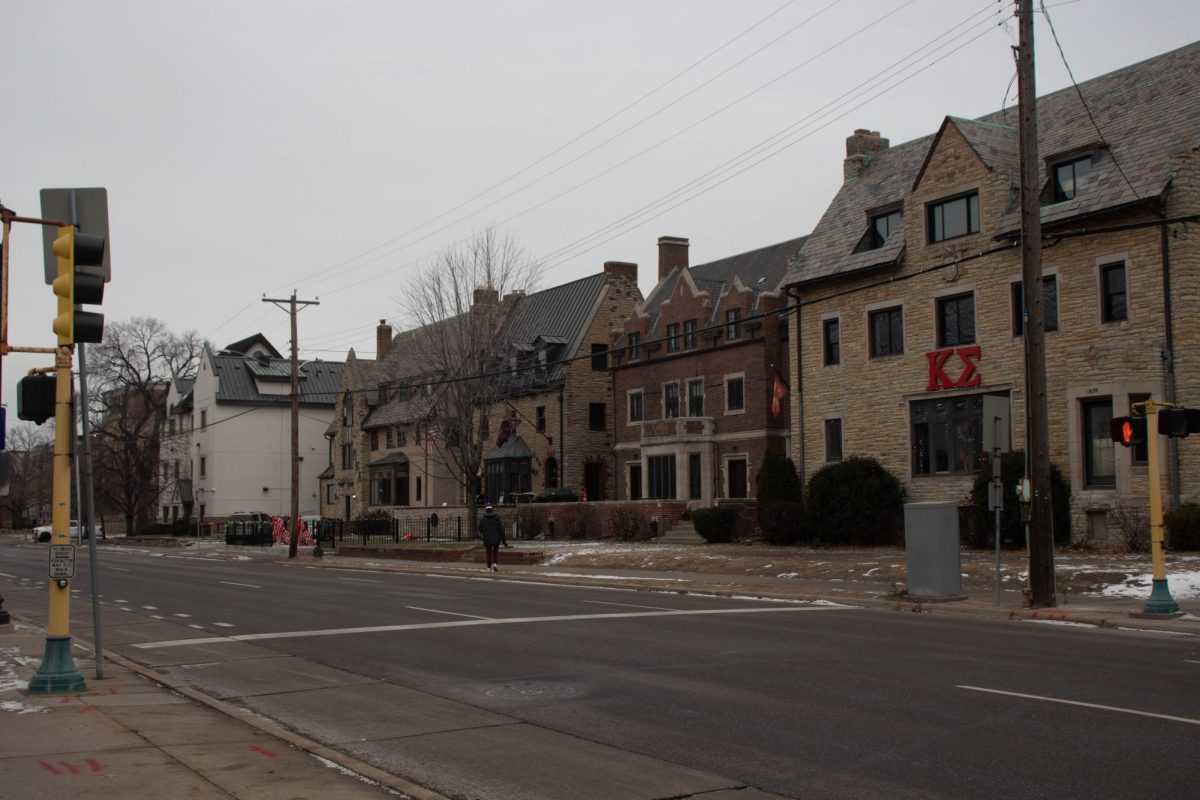Minnesota is renowned for its excessive politeness, a “Minnesota Nice” that can be over-the-top to the point of becoming comical. But hidden behind the state’s facade of kindness and inclusion, Minnesota is one of the most unlikely places in the U.S. for black, Hispanic and Native American children to graduate high school— and that may be directly leading to racial disparities at the University of Minnesota.
According to a report from the Institute for Higher Education Policy, only seven percent of freshmen at the University of Minnesota Twin Cities in 2016 were black, Hispanic or Native American. This is just half of the percentage of Minnesota high school graduates from these racial and ethnic backgrounds during the same time frame, according to the report.
In addition to being underrepresented, data have also shown that students of color at the University are less likely to attain degrees than white students. Minnesota’s flagship university faces a 16 point gap in graduation rates between white students and students from black, Hispanic and Native American backgrounds, according to the same report.
It’s clear that the University deserves a lot of the blame for these gaps. Administrators could be doing much more to boost enrollment and graduation rates for students of color, including ending the University’s practice of considering legacy status in its admissions processes.
But when we think about the struggles that students of color at the University face, we need to look a lot deeper. Perhaps the most significant cause of the University’s racial gap is that from an incredibly early age, even before students first set foot in the classroom, children from marginalized racial backgrounds are at a disadvantage.
When I think about the formative moments in my childhood education, I think about the times that my parents read to me as a toddler, pointing to each word and helping me pronounce it. I think about the math flashcards my dad would flip through with me after work. I think about the times my mom would write fictional stories with me on Saturday mornings as a four-year-old. And perhaps most importantly, I think about all of the after-school programs and summer camps I attended as a kid that enriched my education.
It goes without saying that school was important, too. I’m grateful that my parents had the economic flexibility to move to a neighborhood centered in a high-quality school district.
These essential experiences in my academic foundation, however, were largely a product of growing up in a white, middle-class family with normal working hours and enough fiscal stability to invest in my educational success. For many families, for a number of reasons, these opportunities simply don’t exist.
According to 2017 data from the Minnesota State Demographic Center, 32 percent of black Minnesotans, 31 percent of Native American Minnesotans and 21 percent of Hispanic Minnesotans are living in poverty. This is far higher than the state’s poverty rate for non-Hispanic whites, which sits at 7.5 percent.
These gap constrains the ability of families of color to find the time and money to invest in their children and leaves them segregated into neighborhoods with lower-quality schools. When parents are working multiple jobs and still struggling to make ends meet, it’s much more difficult for them to deliver the same level of educational stimulation that my parents were able to provide — through no fault of their own.
These systematic disparities inhibit student potential before children even enter the classroom for the first time. In fact, some studies have found that quality of parenting is more important than school quality in determining children’s educational success.
This has a direct effect on Minnesota’s high school graduation rates. While 88 percent of white Minnesota students graduate in four years — which lines up roughly with the national average — black and Hispanic students in Minnesota have the lowest high school graduation rates compared to national averages of all 50 states, at 65 and 66 percent respectively, according to 2017 data from the National Center for Education Statistics. Native American children in Minnesota fare even worse with a graduation rate of 51 percent compared to a national average of about 72 percent. That means we’re the second-worst in the nation after South Dakota.
If educational success was equal for Minnesotan children across all races, it’s reasonable to assume that the disparities at the University would begin to evaporate as well. This means that in addition to holding the University accountable for its racial enrollment and graduation gaps, we also need to pressure our state and federal government to invest in low-income communities and communities of color to address the root causes that are truly driving these problems.
When we think about the struggles students of color face at the University of Minnesota, we need to view the problem through the lens of poverty, parenting and gaps in socioeconomic status that children face from the get-go. And if we really want to reduce racial disparities at the University, we need to invest heavily in programs to uplift poor families and families of color across the state and the country.








